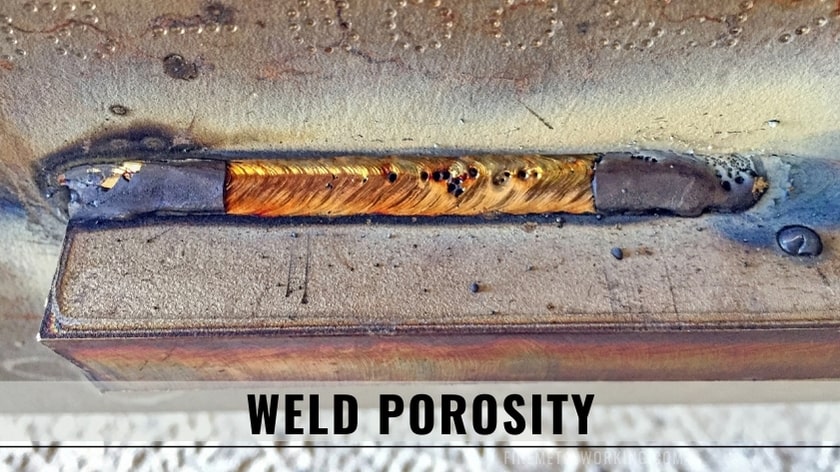Porosity in Welding: Identifying Common Issues and Implementing Finest Practices for Avoidance
Porosity in welding is a prevalent issue that typically goes undetected until it causes significant troubles with the integrity of welds. In this discussion, we will check out the crucial aspects adding to porosity formation, analyze its damaging results on weld performance, and go over the best techniques that can be embraced to lessen porosity event in welding procedures.
Usual Causes of Porosity

Using filthy or damp filler materials can introduce impurities into the weld, contributing to porosity concerns. To mitigate these common causes of porosity, extensive cleansing of base metals, appropriate securing gas option, and adherence to optimum welding criteria are essential practices in achieving top notch, porosity-free welds.
Effect of Porosity on Weld Quality

The presence of porosity in welding can dramatically compromise the architectural honesty and mechanical buildings of welded joints. Porosity develops gaps within the weld steel, weakening its overall strength and load-bearing ability. These spaces act as tension concentration points, making the weld a lot more vulnerable to breaking and failure under applied lots. In addition, porosity can decrease the weld's resistance to corrosion and various other environmental factors, even more decreasing its durability and efficiency.
Among the primary effects of porosity is a reduction in the weld's ductility and durability. Welds with high porosity degrees often tend to show lower impact strength and lowered ability to warp plastically prior to fracturing. This can be especially worrying in applications official source where the welded parts go through vibrant or cyclic loading problems. Porosity can restrain the weld's ability to successfully transfer pressures, leading to premature weld failing and prospective security hazards in important structures. What is Porosity.
Finest Practices for Porosity Avoidance
To boost the architectural stability and high quality of welded joints, what specific procedures can be carried out to decrease the occurrence of porosity throughout the welding procedure? Utilizing the appropriate welding strategy for the certain material being welded, such as changing the welding angle and weapon position, can further avoid porosity. Regular evaluation of welds and prompt removal of any kind of issues recognized during the welding procedure are crucial methods to prevent porosity and generate high-quality welds.
Significance of Correct Welding Strategies
Applying correct welding techniques is critical in making certain the architectural integrity and quality of bonded joints, constructing upon the foundation of efficient porosity avoidance measures. Excessive warmth can go to these guys lead to boosted porosity due to the entrapment of gases in the weld swimming pool. In addition, making use of the proper welding criteria, such as voltage, current, and travel rate, is important for accomplishing sound welds with very little porosity.
Additionally, the selection of welding process, whether it be MIG, TIG, or stick welding, need to straighten with the certain needs of the project to make sure ideal results. Proper cleaning and prep work of the base metal, in addition to picking the appropriate filler product, are also necessary components of proficient welding methods. look here By sticking to these best practices, welders can reduce the danger of porosity development and produce top notch, structurally sound welds.

Checking and Top Quality Control Actions
Evaluating treatments are vital to spot and protect against porosity in welding, making sure the toughness and durability of the last product. Non-destructive testing methods such as ultrasonic testing, radiographic testing, and visual examination are frequently employed to identify potential issues like porosity.
Post-weld evaluations, on the various other hand, assess the final weld for any type of issues, consisting of porosity, and confirm that it satisfies specified criteria. Implementing a thorough quality control plan that consists of comprehensive screening treatments and assessments is critical to reducing porosity issues and guaranteeing the total top quality of bonded joints.
Final Thought
Finally, porosity in welding can be a typical problem that impacts the quality of welds. By determining the typical reasons of porosity and implementing finest techniques for prevention, such as correct welding techniques and testing steps, welders can guarantee premium quality and trustworthy welds. It is important to focus on prevention techniques to decrease the occurrence of porosity and keep the honesty of bonded structures.